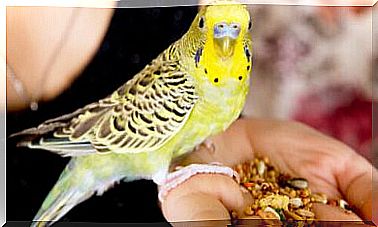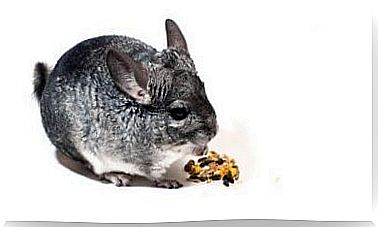What Do The Levels Of Extinction Risk Mean?
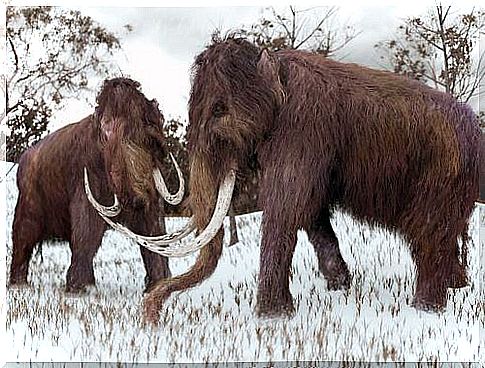
Scientists needed a base to be able to alert and resolve the situation of endangered animals, which is why the red list with levels was created.
In the following article we will explain what each of these levels means.
The various levels of extinction risk
The Red List is the most comprehensive inventory ever created of animal species and the size of their populations. The International Union for Conservation of Nature (UICN) created it in 1963 to be able to organize data on the number of animals, as well as to be able to transmit them in a simple way.
This list is divided into three broad categories: “least concern”, “threatened” and “extinction”. Each of these has sub-categories, in which the species of animals are classified according to simple criteria.
The Red List is updated annually and reviewed every 5 years. Governments and local institutions are responsible for analyzing the situation of the species present in their territory.
The criteria that a species must meet in order to be included in one of the following groups are complex, but we have summarized them for you to understand. Furthermore, these definitions can be absolute – they affect the whole planet – or are limited to a single territory.
1. Extinct
All specimens of this animal species have died. For example, the dodo or the mammoth: the last specimen has died and there is no possibility of finding either in the wild or in captivity.
2. Extinct in the sylvan state
Live animals of a species are found in captivity or outside their natural habitat. It is common to breed the last specimens of a species in captivity to study them and to ensure that they reproduce with the intention of increasing their population and then bringing them back to nature.

This is the case of the Seychelles giant tortoise: its natural habitat was not very vast, and after it was destroyed, only a few specimens survive in captivity.
3. Critically endangered
There are several reasons why an animal species can be included in these endangered levels:
- Its population has decreased by at least 90% in the last 10 years, but the causes are known and it is known that it is a reversible situation.
- Its population has decreased by at least 80% in the last 10 years, but the causes of this situation are not known or it is irreversible.
- The area they occupy in freedom is less than 10 square km.
- Its population includes less than 250 individuals and continues to decline, or is less than 50 even if it does not decrease.
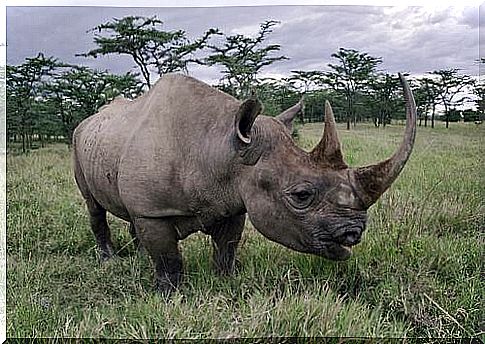
This is the case of the black rhino: in recent decades the number of specimens has decreased due to stealth hunting. There are believed to be around 4,000 black rhinos in the wild, and efforts are being made to change this.
4. At risk of extinction
The following levels of extinction risk are concerning. Threatened species criteria are similar, but less alarming than the previous level:
For a species to be at risk of extinction, its population must be reduced by 70% for known and reversible causes, or by 50% for unknown or irreversible causes.
The total number of animals is also affected: if there are 2500 specimens in the wild and they continue to decrease; or if they are 250 even if the number is stable.
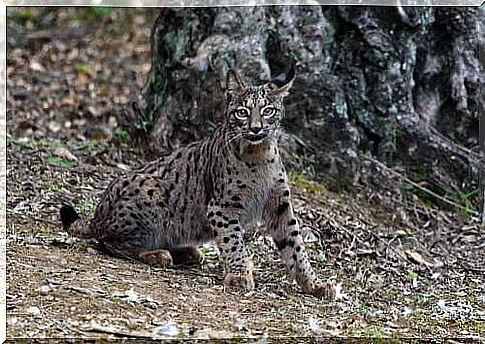
The Iberian lynx is in this situation: its population has decreased a lot in recent decades, but the causes are known and there are about 400 free-ranging specimens.
Efforts for its conservation are causing it to increase more and more.
5. Vulnerable
Within the “least concern” group, the state of species is being studied in order to be able to register them, so as to have a register that allows us to see their evolution, even if its population is healthy.
For an animal to consider itself vulnerable it must have lost 50% of its population in recent decades to known or reversible causes; or 30% for unknown causes. It considers itself vulnerable even if there are fewer than 10,000 individuals and this number falls, or if it has already reached the minimum of 1000 individuals.
6. Almost threatened
The criterion for entering this group is simpler than the others: after having studied a species, it has been seen that it still cannot be classified in any of the categories already described, but it is suspected that in the next few years it could meet the requirements.
7. Less concern or insufficient data
Fortunately, not all animal species in the world need to be classified within the endangered levels. The “least concern” group includes all the species which, after being studied, not only do not meet any of the requirements of the previous levels, but it is suspected that they will not meet them even in the next few years.
A separate case are animals that have not yet been studied sufficiently: they cannot be categorized in any of the previous points because not enough things are known about them. At least at the moment, they are placed on this list which is hopefully provisional, while expecting to have more resources or more time to know their real situation.
The different levels of extinction risk are the basis for letting scientists know how the health of an animal species is evolving. However, we need the rest of the audience to understand the plight of the animals on the planet.

